
As sure as eggs are eggs, plants need water. The ones I grow in our kitchen garden, are no exception. Some are more greedy than the rest, like cucumbers and squashes. I can’t miss a day watering them if I want a decent crop and my hard work to pay off. I need to be water wise.
But water is precious. Some years, even in the wet UK, we don’t have enough rain. If rainfall is down in the winter, we can take bets on which water company will be first to issue a hosepipe ban.
To add to the issue, using the chemically treated tap water is a less than ideal option. For those in the UK with a water meter, it adds to the household bills, but also the cost of the treatment is an unnecessary expense to shower on our plants. We all pay in the end. Better to use rainwater as it costs nothing and is as nature intended.
How we water the garden is an issue.

Time to be water wise
When I first started gardening on a bigger scale, there was an annual licence to use sprinklers. I don’t know anyone that actually paid it. A quick look at the advice given by different water companies, seems to suggest that this still happens, but only during droughts. They’d rather you conserved water by manning hoses and had a trigger gun on it.
A quote from Southern Water:
“A sprinkler uses as much water in one hour as a family of four in a day. Outdoor taps use about 15 litres of water each minute with a hosepipe In hot spells, garden watering uses up to 70 per cent of a home’s water use”
I’d add that a sprinkler is also likely to water more than the intended ground, which seems an inefficient way to water.
A good alternative is a drip hose. Our neighbour has a brilliant system of drip hoses and timers on the tap. They have a number of greenhouses and this works fantastically for them. It is something I would love to set up in our garden, at some point. Maybe with a hose from one of my bigger water butts.
In the meantime, here are the ways I currently save water:

How to be water wise
1. Water butts
Water butts are a great way to be water wise. We have lots of water butts around the garden, catching the rainwater. The bigger, the better. Every time I see an offer, I buy a batch more. It is worth keeping an eye on the water companies as they have great deals occasionally.
2. Watering cans
I have a number of watering cans around the garden. I keep filled watering cans in the green house. Three reasons:
a. It makes more room in the water butts for the next downpour.
b. It warms the water up to the temperature of the greenhouse and is less of a shock to the plants when watered.
c. On a hot day, it evaporates and helps to control the greenfly, by making it humid.
3. Water pump
I have a water pump, that I can use to transfer water from full water butts to others. The ones on the house collect more, so it makes sense to transfer water to the water butts attached to smaller buildings, if they are empty and closer to my latest plantings.
I could use it to empty baths, but in the summer we tend to have showers anyway, which uses way less water.

4. Individual plant reservoirs
When I plant, I use plastic bottles and pots to create an individual water reservoir for each plant. While the plants are settling in, they are given more water. I can focus the water in the area of the plant and it releases the water slowly.
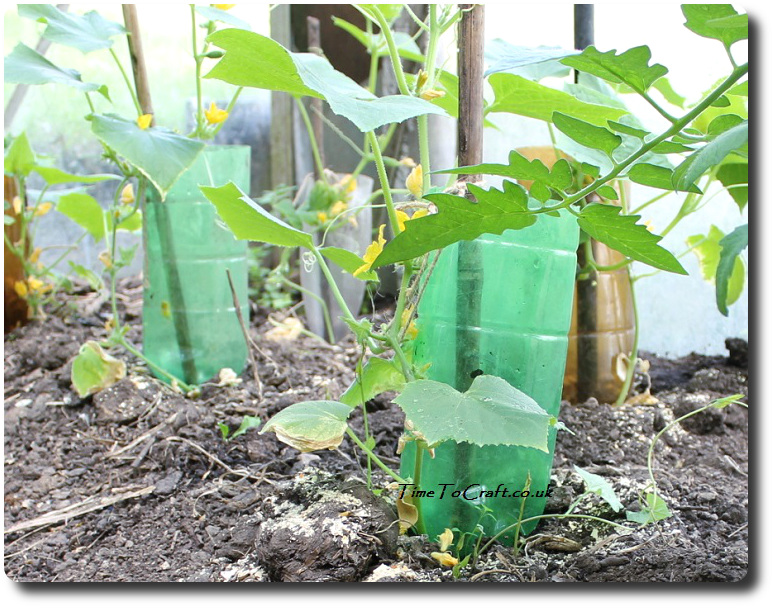
I have a collection of 1 and 2 litre plastic drink bottles, with the bottoms cut off. I’ve collected them over the years. When I plant the tomatoes, cucumbers and peppers in the green house, I sink a bottle, neck first, into the ground beside it. Preferably up hill from the plants. I put a bean pole in the bottle and push it firmly into the ground. The plant is then tied to the pole. Each evening, I use a watering can to fill the bottles a few times.

Two advantages. The water is focused on the plant. Its roots will naturally grow in the direction of the bottle and I don’t end up watering the path or optimistic weeds. Secondly, it doesn’t encourage the snails, as the top soil is dry.
For plants outside, such as lettuce and squashes, I sink a pot beside them, when first planted. I can water them in the same way as the others, until they are established.
Which leads on to my next tip…
5. Limit watering
If I continued to water each outdoor plant its roots would grow near the surface, missing out on the moist soil below. Once established, unless we have a very dry spell, I don’t water. This way, I encourage the roots to grow down and not rely on me.
6. Plant in the ground
I plant as much as possible in the ground, rather than pots. The plants grow bigger and better, and can tap more water in the ground. Especially good if I have a few days away. All my plants in the greenhouse are planted straight in the borders. No pots or grow bags, and I’ve found my harvest is more successful that way.
 7. Grow your own ground cover
7. Grow your own ground cover
If you are a regular reader of my blog, you’ll know I use the three sister planting method: bean, corn and squash. I cannot recommend this method enough. My crops have improved. In terms of water conservation, the squash plants grow through the corn and beans providing ground cover and reducing water evaporation.
They don’t compete for soil resources. The squash plants are planted a few feet away from anything else.
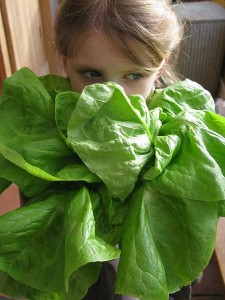
I also grow fast cropping plants like lettuce between plants, for the same reason. Mainly in my raised beds which can get a bit baked. Provides cover and I have a useful crop to harvest.
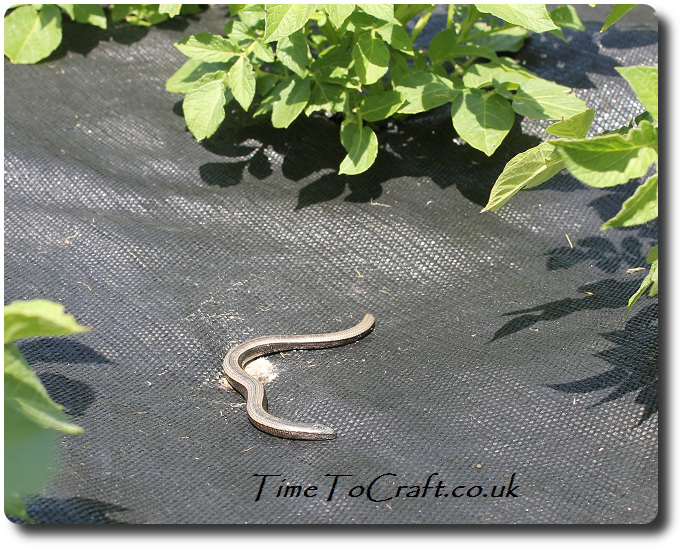 (Yes, that is a slow worm, but that is another story)
(Yes, that is a slow worm, but that is another story)
8. Plant through sheeting
There are various ways you can do it. I have friends that use cardboard between their plants to reduce weeds and water loss, but there are other choices. My neighbour uses layers of straw, which is chopped up and mixed with the soil to improve moisture retention for the next year.
One year, we had building work going on. As the builders left, I rescued some of the black plastic woven sheeting they were about to throw out. That year, I covered the kitchen garden with it, which suppressed the weeds. I then planted my potatoes through it. No need to earth them up. No need to water lots. I had a great crop.

9. Improve soil
Last but not least, improving the soil can improve the water retention. We added a foot or more of rotted horse manure to the kitchen garden, one year. We dig in our composted kitchen waste into the raised beds. Theory is that if the soil holds more water, then less extra watering is required. It works for us.
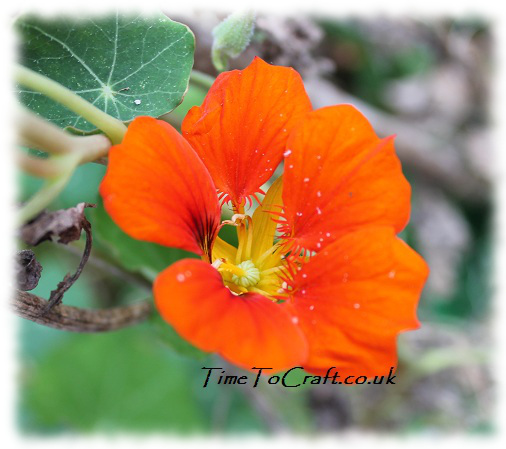 Right. There are my nine tips. It may be raining today, but there is no better time to sort out the watering for your garden and be water wise, I think.
Right. There are my nine tips. It may be raining today, but there is no better time to sort out the watering for your garden and be water wise, I think.
I’d love to hear if you have any other ways to optimize water usage in your garden. Preferably low cost. Any tried and tested methods that you’d like to share?
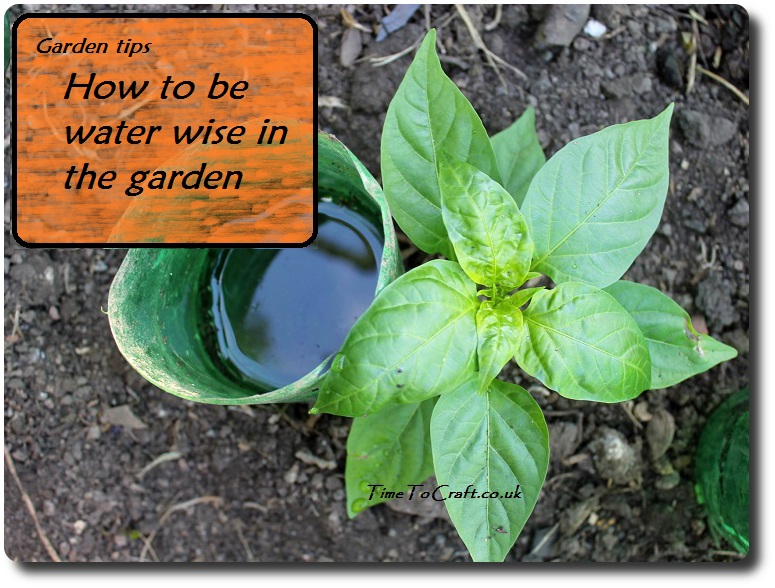

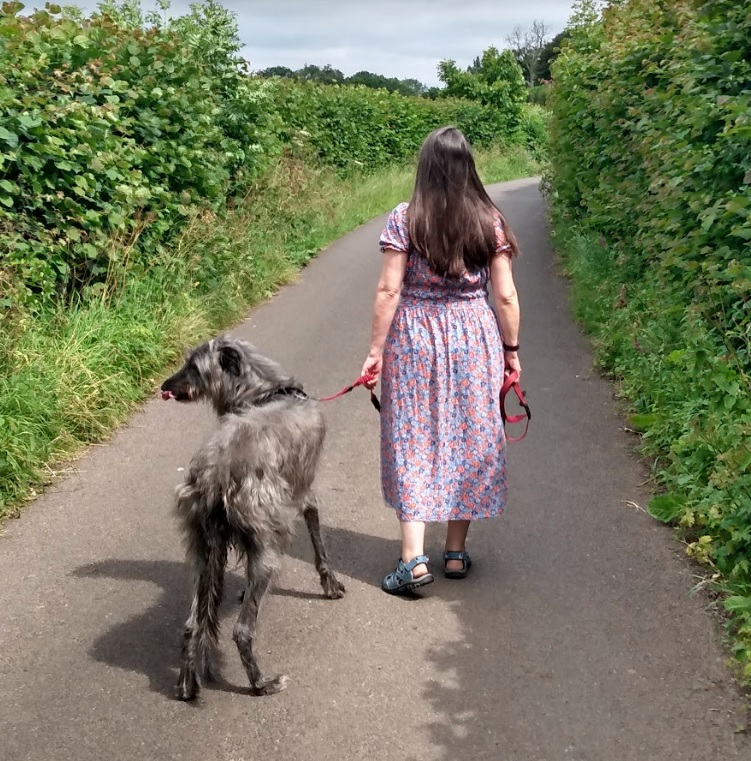

I really want water butts in our garden, we just haven’t got around to it yet.
I like the idea of leaving the watering cans out to fill up and then store them for when you need them. Great idea! #GoingGreenLinky
Makes sense to use water at the plant’s “room temperature”, if possible.
We don’t really need to save water here in the UK but I do use rain water from the water butt to top up my pond and in the summer, it’s good not to use the hose. Thanks for the post! #pocolo
You’re right. We don’t need to save water, but there are times when hose bans are issued. Too late to save water. I’d also say that the treated tap water is an expensive way to water a garden, when water from a water butt is cost free (apart from buying the water butt) and as nature intended. Even if you are not on a meter, we all pay in the end.
My reply came over all wrong since I’ve reread it! It’s been a long day! What I meant to say was, although we don’t really need to save water (due to all the rain), we still should use water butt water rather than use the hose. I’m very much pro saving water. X
Do you know what? I’ve reread your post and I’m a twit! My reply bordered on rude and I’m really sorry! It’s Friday. It’s my only excuse!! And we r neighbours….
Not to worry. It has been a long day. It’s great that we both agree about saving water and the benefits for the garden. Did wonder if you were in the South West.
We are very lucky to have water and I’m sure we forget how valuable it is sometimes. These are great suggestions. #PoCoLo
Returning via #GoingGreenLinky
Great post, lots of useful info. PInning for later too, thanks. #AnimalTales
#GoingGreen I mean! Multi-tasking with too many windows open again…
😀
Thanks Leta. I’m glad you found it useful.
Yup – I do all of these even in normally wet Normandy although this year we have had an exceptionally dry winter and spring and some areas nearby are already on hosepipe bans. The water reservoir idea is one I discovered a few years ago and it has led to me using less water but getting better crops … and found a new use for the odd plastic bottles I ended up with!
Thanks for adding this post to #GoingGreen and I hope you will be there again when the next one opens on July 3rd
It is amazing how many little changes do make a difference. No hose ban here yet as far as I know, but I’d rather water with rain water.